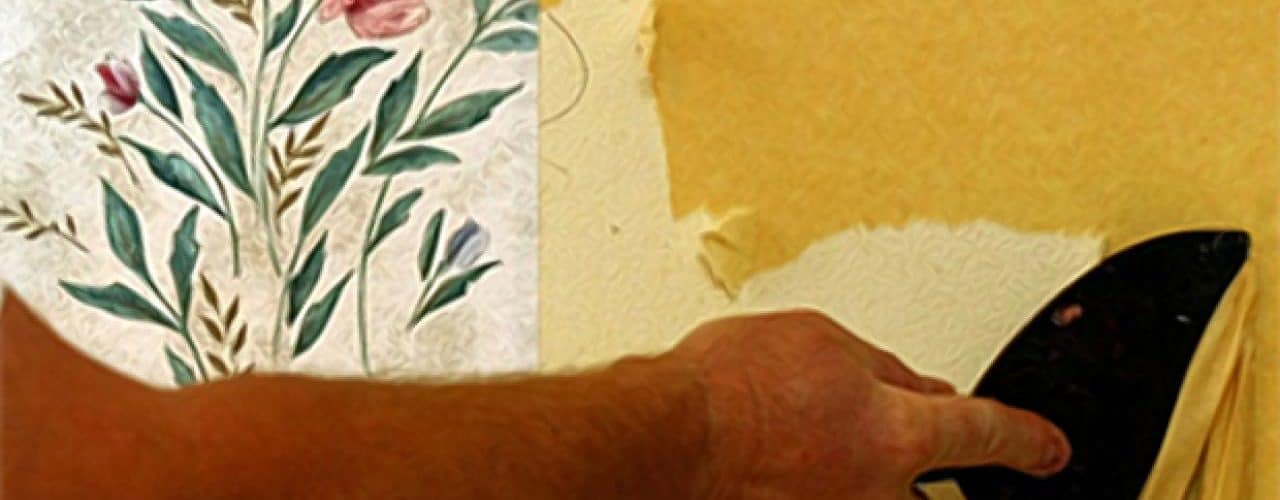The best way to remove wallpaper will require a little preparation, some specialized tools, and lots of patience. First, remove all the light switch plates and electrical outlet covers from the wall. Make sure to move your furniture out of the room to give yourself space to work.
You can’t just spray the wallpaper to soften the glue; new multi layered and vinyl coated wallpapers are designed to stop moisture from seeping in and softening the glue up. Instead, make holes in the wallpaper surface first to allow the water to penetrate. While you can lightly score the surface with a utility knife, you risk accidentally cutting too deeply. You might end up cutting the paper surface on the drywall under the wallpaper. A better idea is to use a wallpaper-piercing tool, available at most home improvement stores. The wallpaper-piercing tool has a series of wheeled spikes that pierce the wallpaper surface, making little holes and allowing moisture to penetrate the wallpaper surface, down to the glue.
Once the wallpaper surface has been scored, simply wet the wallpaper with a mixture of warm water and vinegar. A spray bottle is best, but you can also use a bucket and sponge. Let the solution soak into the wallpaper for about 30 minutes. You can also use special wallpaper remover solutions, available at most hardware stores. This is a non-toxic chemical that is mixed with water and applied to the wallpaper. Some people say this is even more effective than vinegar.
After 30 minutes have passed, take a corner of the wallpaper and slowly peel it back. It may peel right off, but if it doesn’t, you will need to use a putty knife or wallpaper scraper with a wide blade. Hold the blade at a low angle; this will help you scrape the paper off in manageable sections. Keep a spray bottle of your wallpaper remover solution nearby to spray any areas that need it.
Once the wallpaper is removed, you aren’t finished, however. There are still a couple of steps left to take. First, you will need to remove any glue left over on the walls. Tri-sodium phosphate (abbreviated as TSP), mixed with equal parts warm water should help wash the glue right off the off the bare walls and leave nothing but a smooth wall surface behind. Once the glue is off, make sure to rinse the newly cleaned walls with plain, warm water in order to remove any lingering traces of the TSP.
Finally, any holes you may have accidentally made in the drywall beneath the wallpaper need to be repaired. If holes are small, you can get away with filling them with a spackling compound and smoothing the holes out. Let the spackle dry overnight, sand down the repairs, apply a primer and you’re all done.
However, if your wallpaper scraper or wide blade putty knife made a few large holes in the drywall, or accidentally scraped off sections of the drywall’s paper surface, you need to take one more step extra step. Before patching up any holes created in the drywall (again, you can easily fill in the holes with spackling compound), apply a white shellac atop the exposed drywall. This will prevent any moisture that gets on the drywall surface from soaking deeper into the drywall itself. Once the shellac is dry, just patch the holes, and then sand them and apply primer to it.



